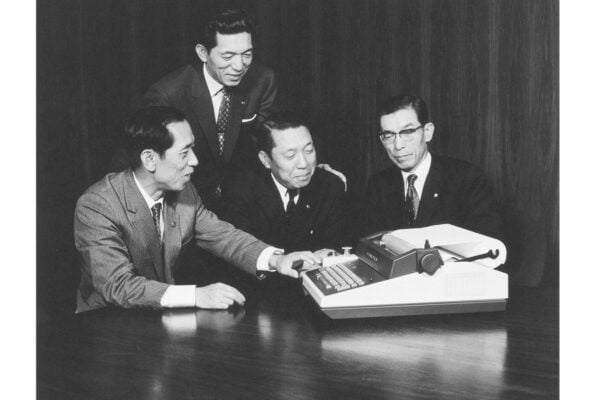Helping your students thrive as they move up the school ladder

One of the many topics we like having the opportunity to discuss with teachers is how they support students at key stages of their education.
We recently spoke to James Davis, Head of KS5 Further Mathematics at Newstead Wood School, about what he does to help and support his students as they make their way up the secondary school ladder.
He shared a number of tips and insights into the methods he has found useful, particularly for students taking the big step from studying GCSE to A-level maths.
It’s all about practice, practice, practice
James’ first and most important point was that, in his experience, the students who are the most willing to put in the work, establish positive habits and stick to them are the most likely to succeed.
A key focus for James with his year 12 and 13 students is getting them into consistent working patterns early on, which includes supporting lesson time with lots of independent working.
“It’s work outside of class that really gives them the skills they need to be able to progress in maths,” he said. “And it becomes much more important the higher up they go in the school.”
Moreover, students who get into a good routine – one that combines regular in-school and home working – from the start of term will benefit from having plenty of time to get familiar with their calculators.
James has also seen positive results from introducing lots of exam practice as early in the year as possible. Exam questions start to look much less intimidating when they’re used as a starting point for every single lesson.
Tackling tough topics and skills
As every teacher knows, students making their way up the school ladder will need to be prepared to tackle increasingly challenging topics, particularly in maths. James noted that this can actually provide a valuable boost to learning, as long as students are prepared to make mistakes and take lessons from them.
One method that has worked well at James’ school is – in the most constructive way possible – to throw students in at the deep end.
For A-level classes, this involves starting out in year 12 with entirely new topics such as differentiation and calculus. As well as showing students that they have to work hard to succeed, this approach gets them used to making mistakes, tackling topics they don’t yet fully understand and pushing through these challenges.
“Something new can help to get students a bit more motivated, and then they pick up the algebraic skills they need as we come across them,” James said.
Establishing strong foundations in year 12 gives students something to build on as they move into year 13 and start to draw on skills from all areas of the A-level syllabus.
James recommended a number of specific methods that have helped students in his school get to grips with trickier topics, including:
- Getting older students involved in mentoring and answering questions from their younger peers
- Working closely with parents to encourage and maintain good study habits at home
- Focusing on algebraic skills early on and constantly reinforcing them over the course of the year
The power of graphic calculators
A vital consideration as students take big steps forward in their education is whether they have access to the right tools to support their learning.
For GCSE maths students, a good scientific calculator is a minimum requirement, but James also noted that introducing graphic calculators at this stage can offer major benefits, particularly for those planning to move on to A-level.
Handheld graphing technology isn’t a necessity at GCSE, but if students are introduced to a tool early, they have the time and freedom to explore it at their own pace and get comfortable with it.
Then, when they move up to A-level and constantly encounter graphs as they explore topics such as function transformations and statistics, their familiarity with the graphic calculator will stand them in good stead.
It’s always exciting to see students become so proficient with their device that they can find the correct answer to an exam question even before their teacher.
“A graphic calculator gives students a powerful advantage and helps them get the job done quicker and see things so much more clearly,” James said.
See the fx-CG50 in action
The potential applications of Casio’s most advanced graphic calculator – the fx-CG50 – are extensive, from plotting graphs to show trigonometric equation solutions, to conducting statistical analyses and visualising probability distributions.
We understand that all this exciting functionality can also seem a little overwhelming, especially for new users.
That’s why we offer dedicated introductory training sessions with the fx-CG50, where experts talk through some of the key features of the calculator and how they can be applied to A-level maths topics.
You can sign up for free here.



